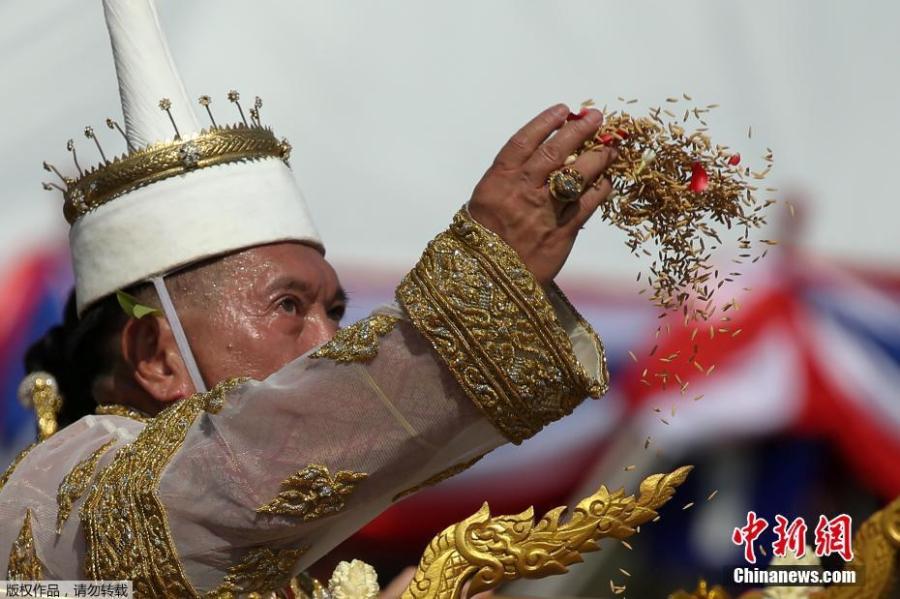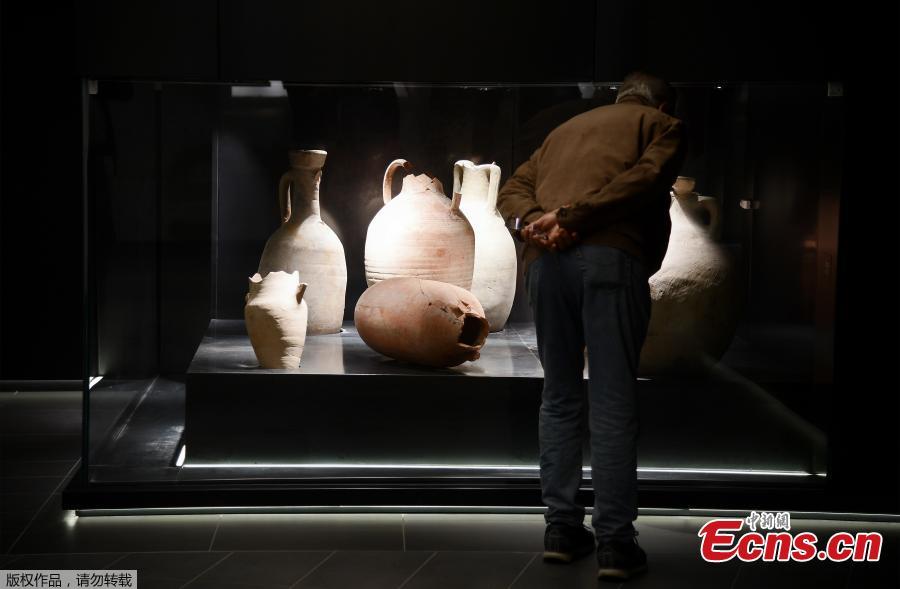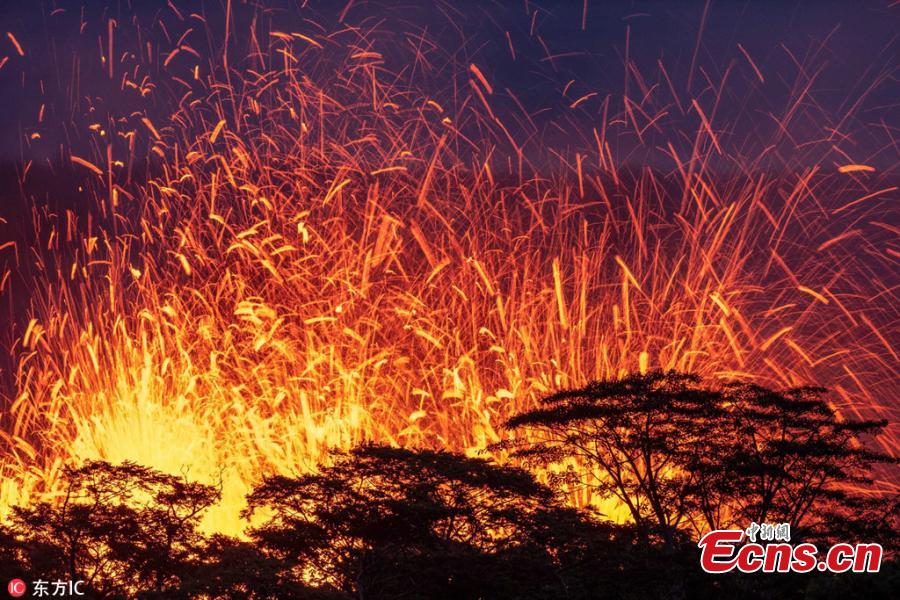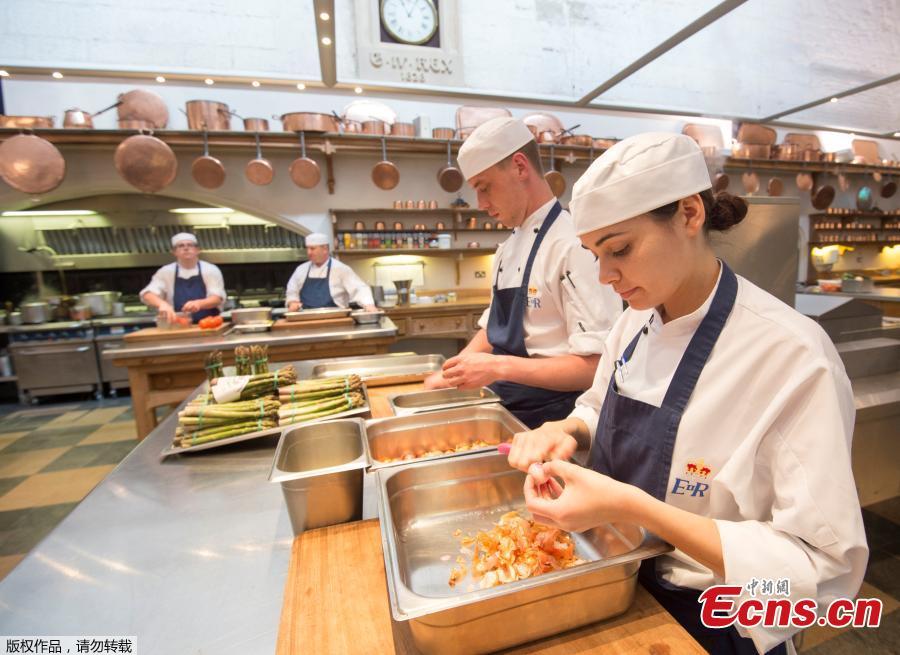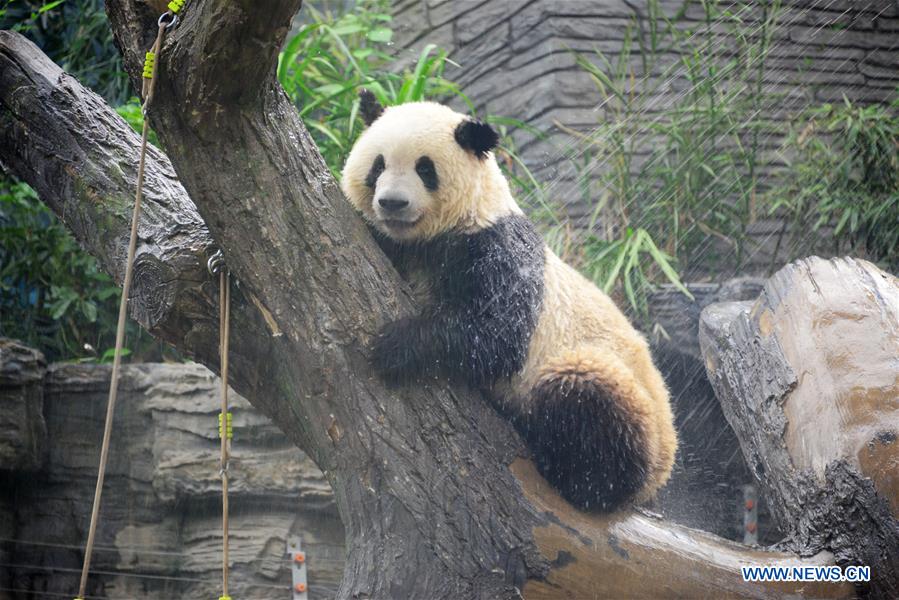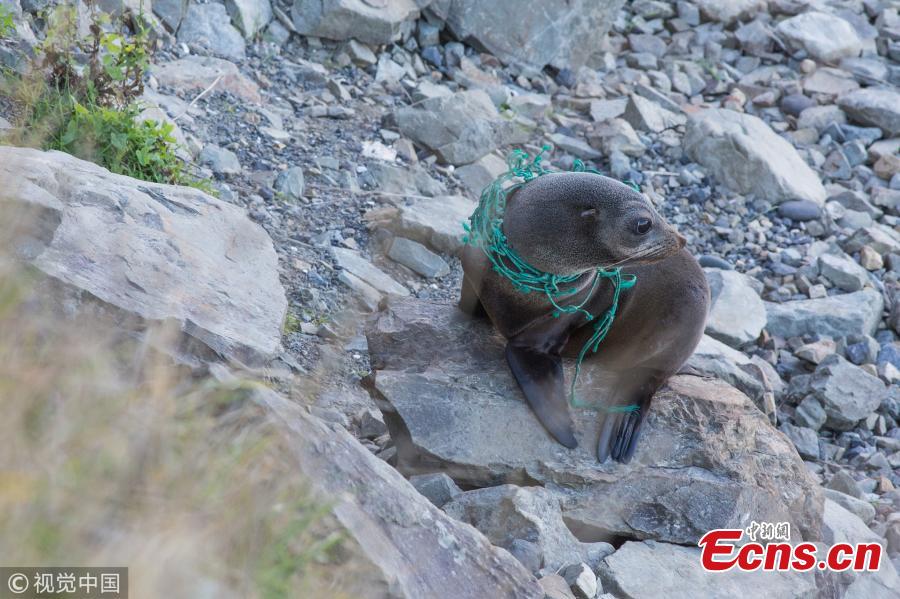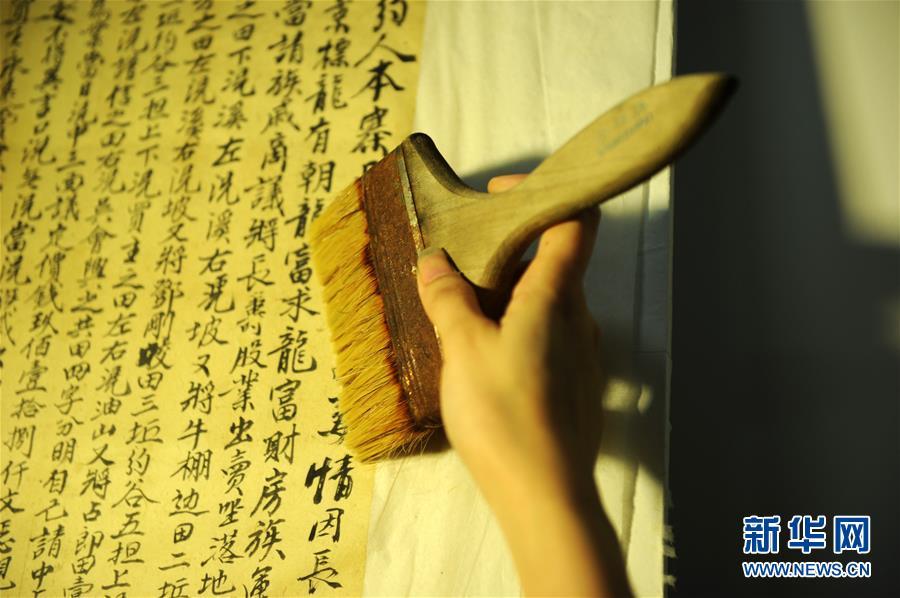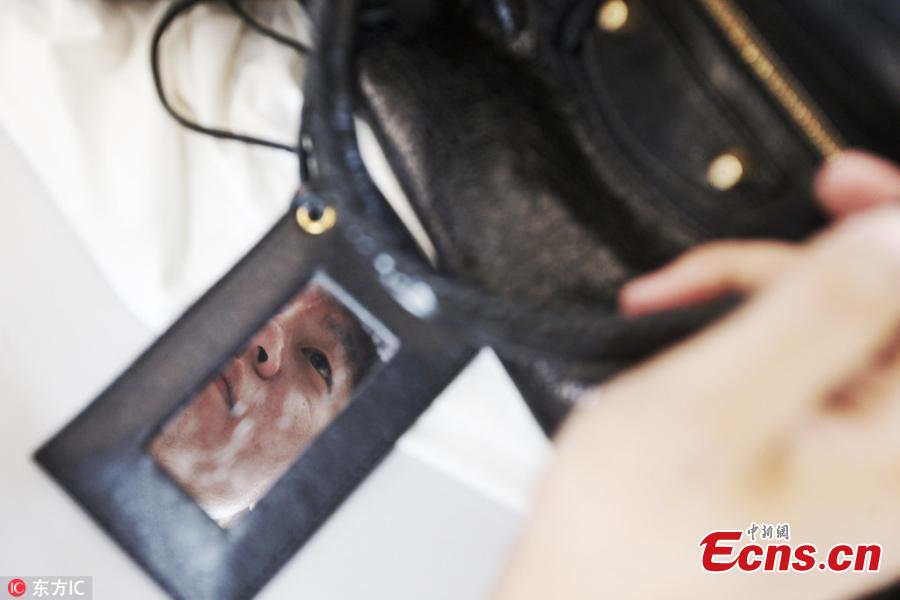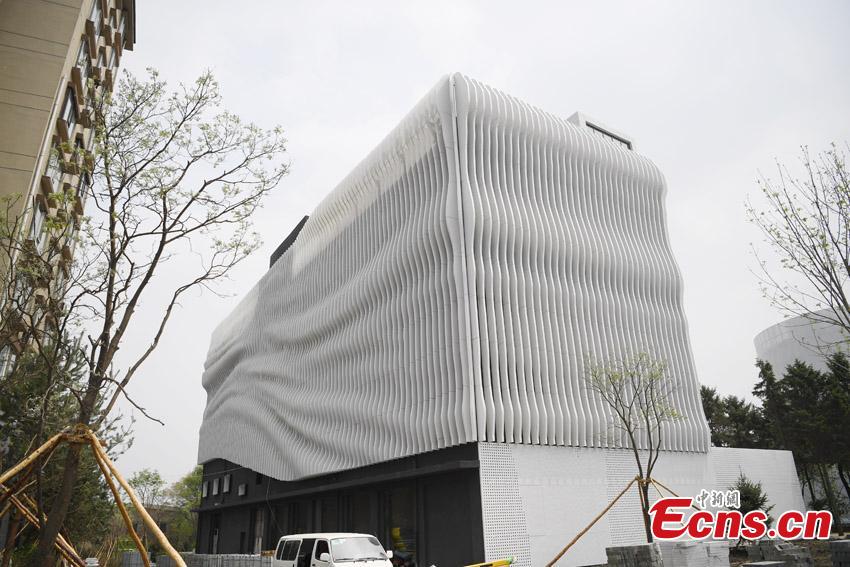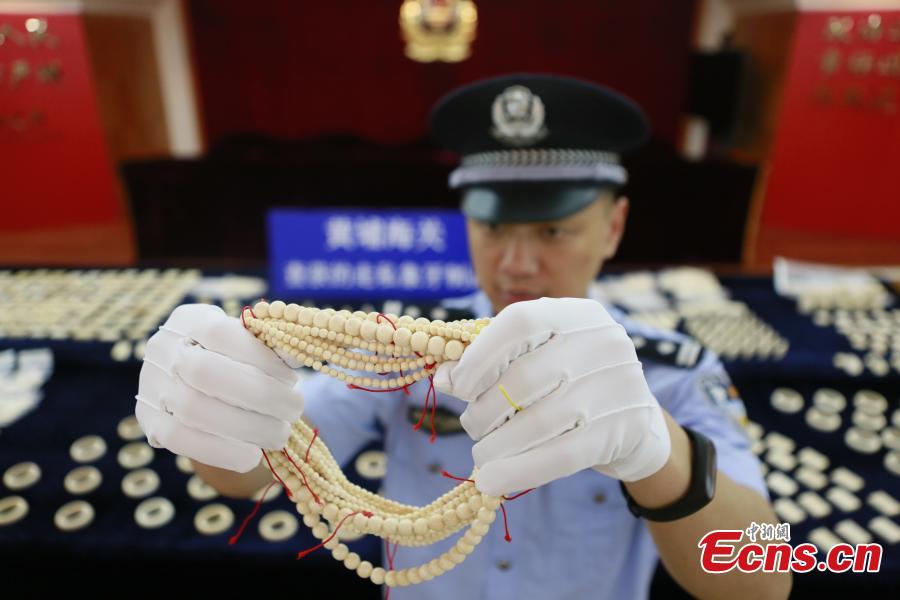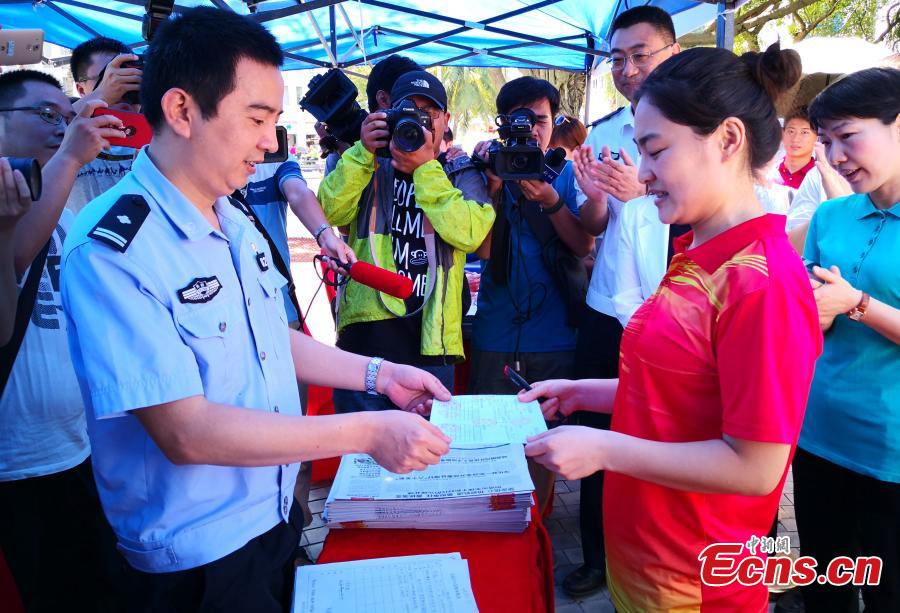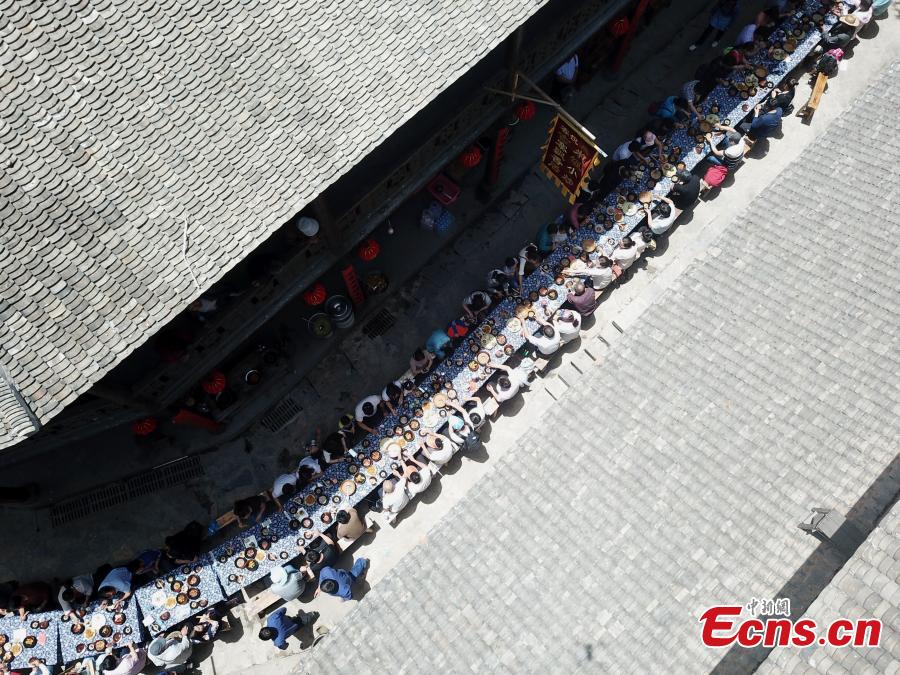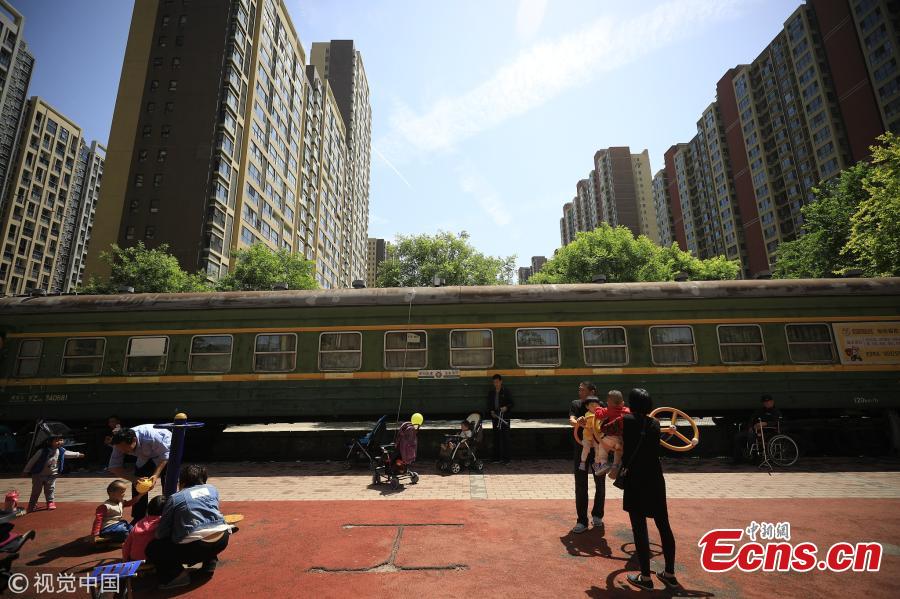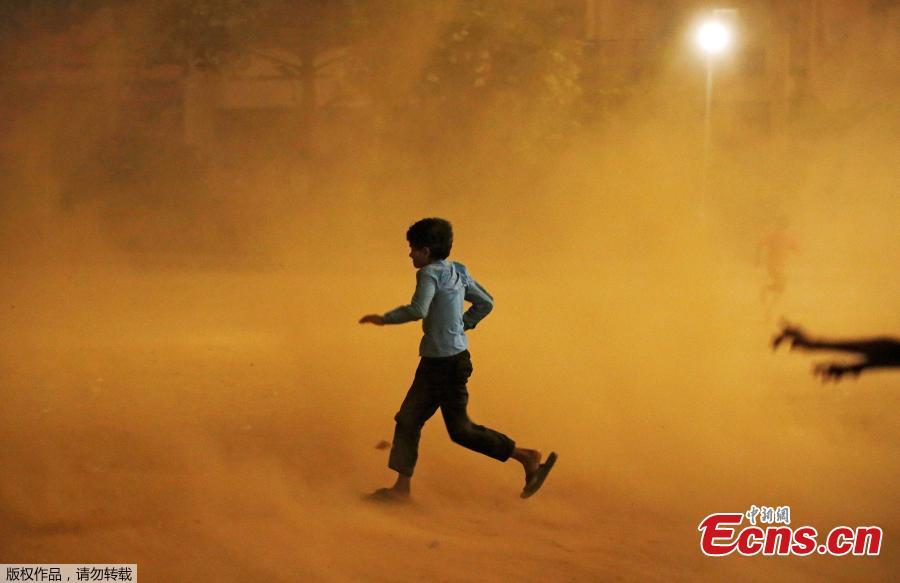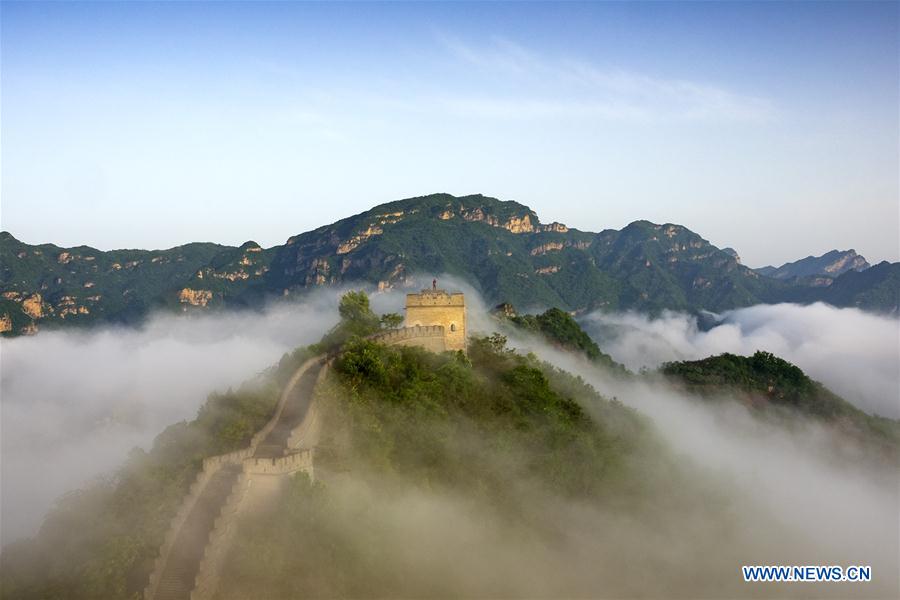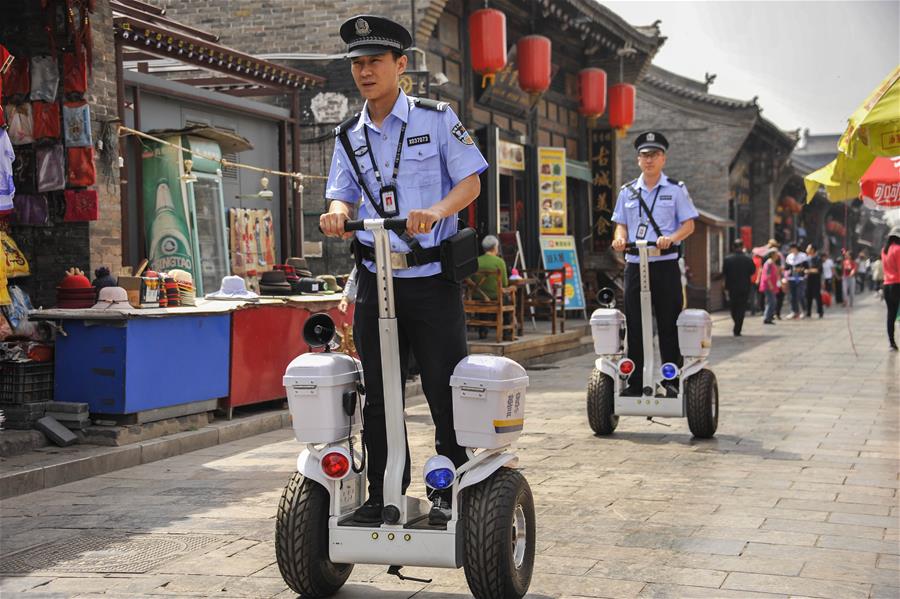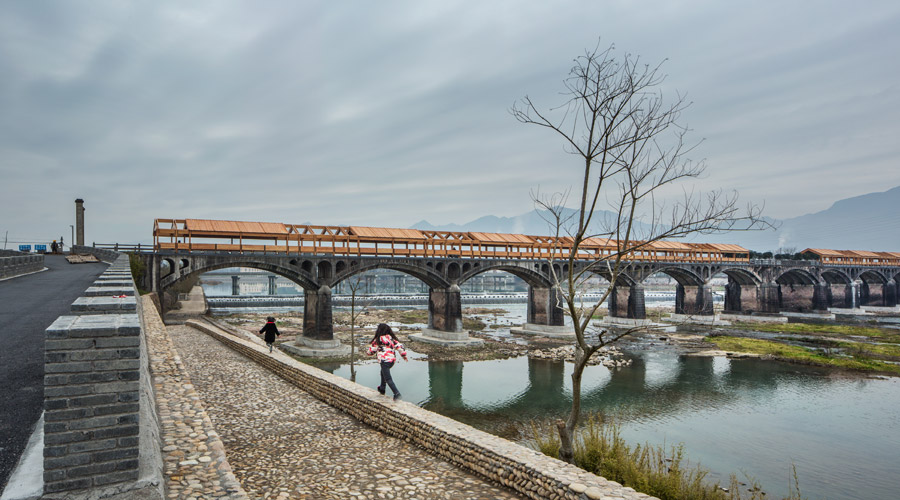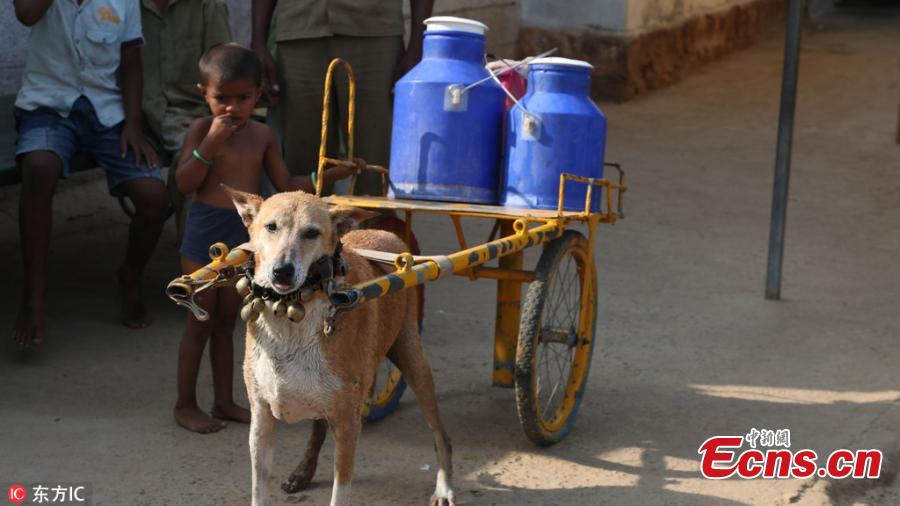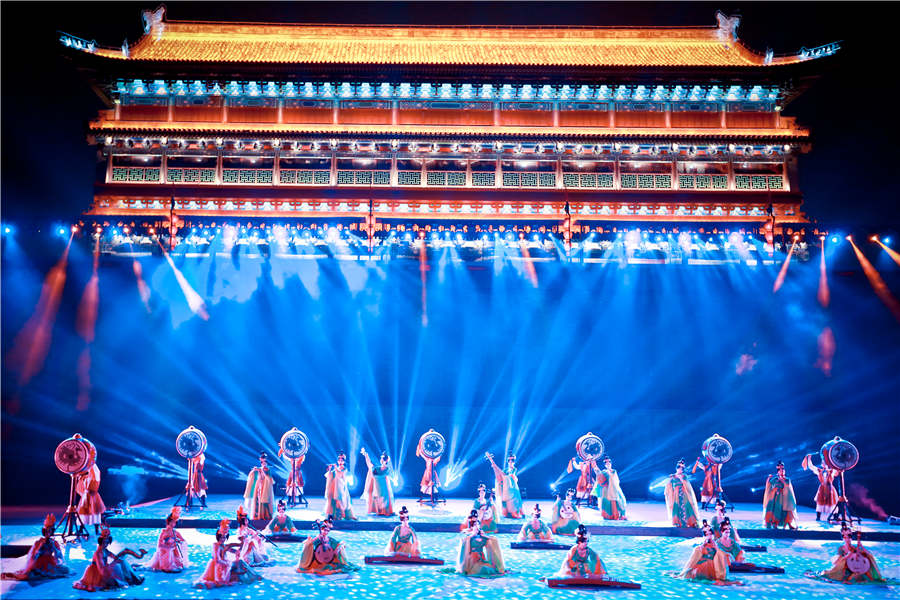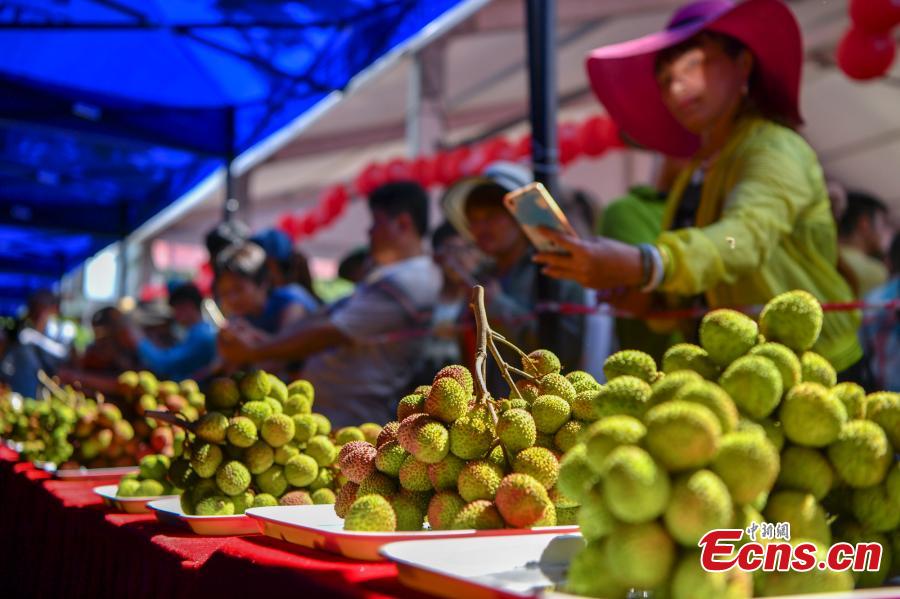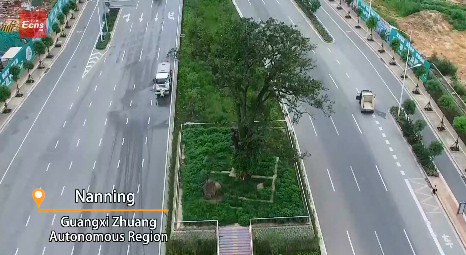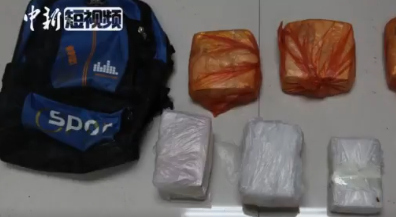The quality of drinking water supplied to Hong Kong is fully guaranteed, despite the increasing number of environmental incidents on the Pearl River and growing demand on the Chinese mainland, a senior official said.
Lin Xudian, deputy director of Guangdong Water Resources Department, said maintaining fresh water for the special administrative region is a priority.
"At present, 1.1 billion cubic meters of water have been allocated to satisfy Hong Kong's annual water demand, which varies according to needs," he said.
About 820 million cubic meters of water were transported to Hong Kong in 2011 through the Dongjiang-Shenzhen water supply project, which met 70 to 80 percent of demand, according to Guangdong Water Resources Department.
The project, which was built in Dongguan, Guangdong, has provided up to 21 billion cubic meters of water to Hong Kong since it came into service in 1965.
The source is at the lower reaches of the Dongjiang River, a tributary of the Pearl River, the banks of which have seen increasing industrialization and urban growth in recent years.
Environmental incidents do happen, Lin said, but stressed that sufficient water has been stored in Hong Kong's reservoirs to meet any contingency.
The river water sourced to Hong Kong is Grade 2, a higher standard for drinking water, Liu Zhisen, a water resources protection officer at the Pearl River Water Resources Commission under the Ministry of Water Resources, said in May.
"Pollutants in the Pearl River can now be diluted and absorbed in certain sections," and are not harmful to the river, he said.
A monitoring system for the Dongjiang River will be completed in the near future, to ensure safe supplies to Hong Kong, Lin said.
Hong Kong's water supplies department estimated a shortfall of 39 million cubic meters of fresh water by 2020, partly caused by a rise in population.
In his 2011 policy address, Donald Tsang, former chief executive of Hong Kong, announced plans to explore having a desalination plant in the city to meet its thirst.













